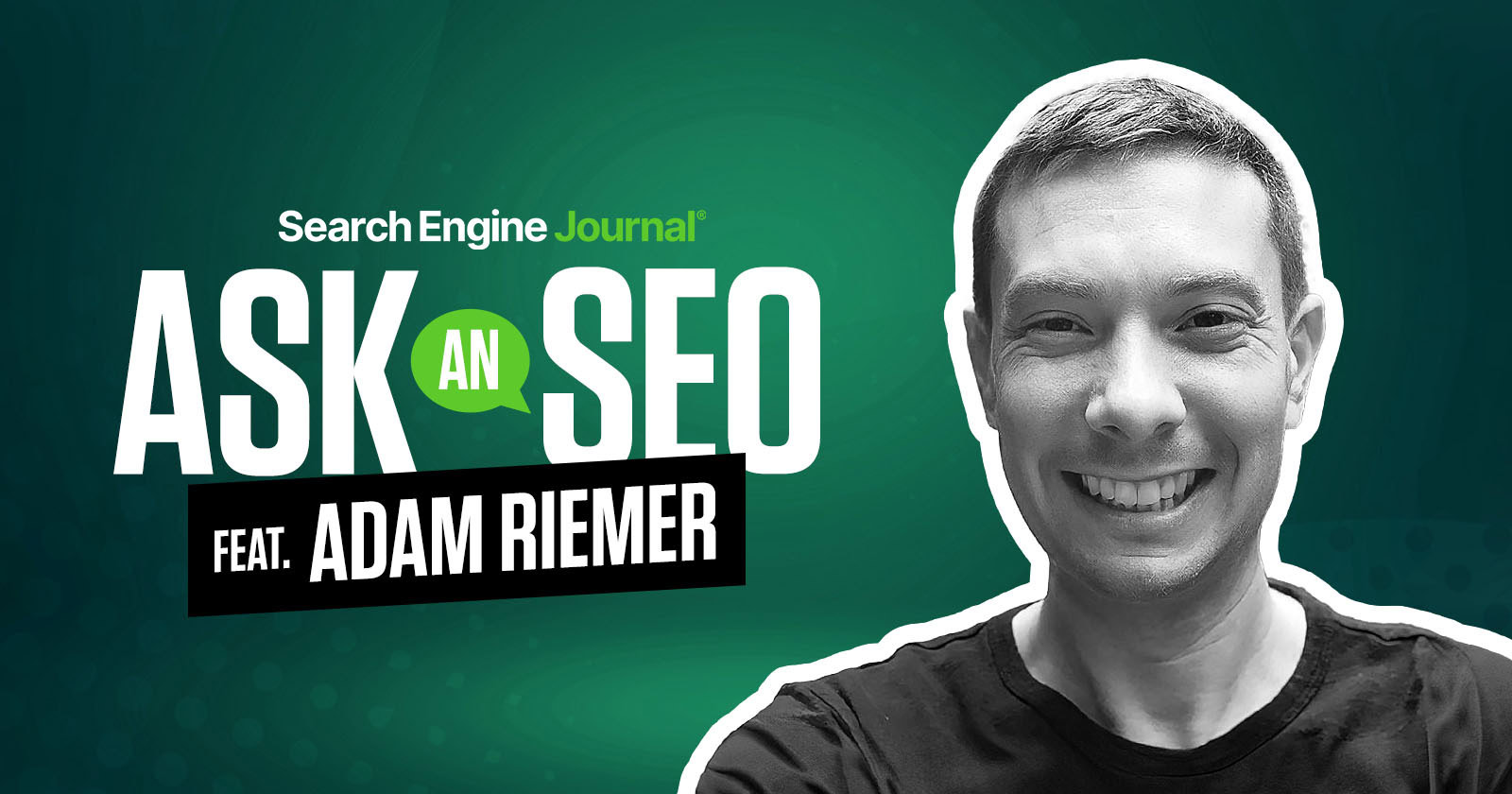This week’s Ask an SEO question comes from an anonymous user:
“Should we still publish high volumes of content, or is it better to invest in fewer, higher-authority evergreen pieces?”
Great question! The answer is always higher-authority content, but not always evergreen if your goal is growth and sustainability. If the goal is quick traffic and a churn-and-burn model, high volume makes sense. More content does not mean more SEO. Sustainable SEO traffic via content is providing a proper user experience, which includes making sure the other topics on the site are helpful to a user.
Why High Volumes Of Content Don’t Work Long Term
The idea of creating high volumes of content to get traffic is a strategy where you focus a page on specific keywords and phrases and optimize the page for these phrases. When Google launched BERT and MUM, this strategy (which was already outdated) got its final nail in the coffin. These updates to Google’s systems looked at the associations between the words, hierarchy of the page, and the website to figure out the experience of the page vs. the specific words on the page.
By looking at what the words mean in relation to the headers, the sentences above and below, and the code of the page, like schema, SEO moved away from keywords to what the user will learn from the experience on the page. At the same time, proactive SEOs focused more heavily on vectors and entities; neither of these are new topics.
Back in the mid-2000s, article spinners helped to generate hundreds of keyword-focused pages quickly and easily. With them, you create a spintax (similar to prompts for large language models or LLMs like ChatGPT and Perplexity) with macros for words to be replaced, and the software would create “original” pieces of content. These could then be launched en masse, similar to “programmatic SEO,” which is not new and never a smart idea.
Google and other search engines would surface these and rank the sites until they got caught. Panda did a great job finding article spinner pages and starting to devalue and penalize sites using this technique of mass content creation.
Shortly after, website owners began using PHP with merchant data feeds to create shopping pages for specific products and product groups. This is similar to how media companies produce shopping listicles and product comparisons en masse. The content is unique and original (for that site), but is also being produced en masse, which usually means little to no value. This includes human-written content that is then used for comparisons, even when a user selects to compare the two. In this situation, you’ll want to use canonical links and meta robots properly, but that’s for a different post.
Panda and the core algorithms already had a way to detect “thin pages” from content spinning, so although these product pages worked, especially when combined with spun content or machine-created content describing the products, these sites began getting penalized and devalued.
We’re now seeing AI content being created that is technically unique and “original” via ChatGPT, Perplexity, etc, and it is working for fast traffic gains. But these same sites are getting caught and losing that traffic when they do. It is the same exact pattern as article spinning and PHP + data feed shopping lists and pages.
I could see an argument being made for “fan-out” queries and why having pages focused on specific keywords makes sense. Fan-out queries are AI results that automate “People Also Ask,” “things to know,” and other continuation-rich results in a single output, vs. having separate search features.
If an SEO has experience with actual SEO best practices and knows about UX, they’ll know that the fan-out query is using the context and solutions provided on the pages, not multiple pages focused on similar keywords.
This would be the equivalent of building a unique page for each People Also Ask query or adding them as FAQs on the page. This is not a good UX, and Google knows you’re spamming/overoptimizing. It may work, but when you get caught, you’re in a worse position than when you started.
Each page should have a unique solution, not a unique keyword. When the content is focused on the solution, that solution becomes the keyword phrases, and the same page can show up for multiple different phrases, including different variations in the fan-out result.
If the goal is to get traffic and make money quickly, then abandon or sell the domain, more content is a good strategy. But you won’t have a reliable or long-term income and will always be chasing the next thing.
Evergreen And Non-Evergreen High-Quality Content
Focusing on quality content that provides value to an end user is better for long-term success than high volumes of content. The person will learn from the article, and the content tends to be trustworthy. This type of content is what gets backlinks naturally from high-authority and topically relevant websites.
More importantly, each page on the website will have a clear intent. With sites that focus on volume vs. quality, a lot of the posts and pages will look similar as they’re focused on similar keywords, and users won’t know which article provides the actual solution. This is a bad UX. Or the topics jump around, where one page is about the best perfumes and another is about harnesses for dogs. The trust in the quality of the content is diminished because the site can’t be an expert in everything. And it is clear the content is made up by machines, i.e., fake.
Not all of the content needs to be evergreen, either. Companies and consumer trends happen, and people want timely information mixed in with evergreen topics. If it is product releases, an archive and list of all releases can be helpful.
Fashion sites can easily do the trends from that season. The content is outdated when the next season starts, but the coverage of the trends is something people will look back on and source or use as a reference. This includes fashion students sourcing content for classes, designers looking for inspiration from the past, and mass media covering when things trended and need a reference point.
When evergreen content begins to slide, you can always refresh it. Look back and see what has changed or advanced since the last update, and see how you can improve on it.
- Look for customer service questions that are not answered.
- Add updated software features or new colors.
- See if there are examples that could be made better or clearer.
- If new regulations are passed locally, state level, or federally, add these in so the content is accurate.
- Delete content that is outdated, or label it as no longer relevant with the reasons why.
- Look for sections that may have seemed relevant to the topic, but actually weren’t, and remove them so the content becomes stronger.
There is no shortage of ways to refresh evergreen content and improve on it. These are the pillar pages that can bring consistent traffic over the long run and keep business strong, while the non-evergreen pages do their part, creating ebbs and flows of traffic. With some projects, we don’t produce new content for a month or two at a time because the pillar pages need to be refreshed, and the clients still do well with traffic.
Creating mass amounts of content is a good strategy for people who want to make money fast and do not plan on keeping the domain for a long time. It is good for churn-and-burn sites, domains you rent (if the owner is ok with it), and testing projects. When your goal is to build a sustainable business, high-authority content that provides value is the way to go.
You don’t need to worry about the amount of content with this strategy; you focus on the user experience. When you do this, most channels can grow, including email/SMS, social media, PR, branding, and SEO.
More Resources:
- How To Get Your Content (& Brand) Recommended By AI & LLMs
- Ask An SEO: Balancing Content That Converts With Content That Builds Brand Authority
- Content Marketing: The Ultimate Beginner’s Guide To What Works
Featured Image: Paulo Bobita/Search Engine Journal


